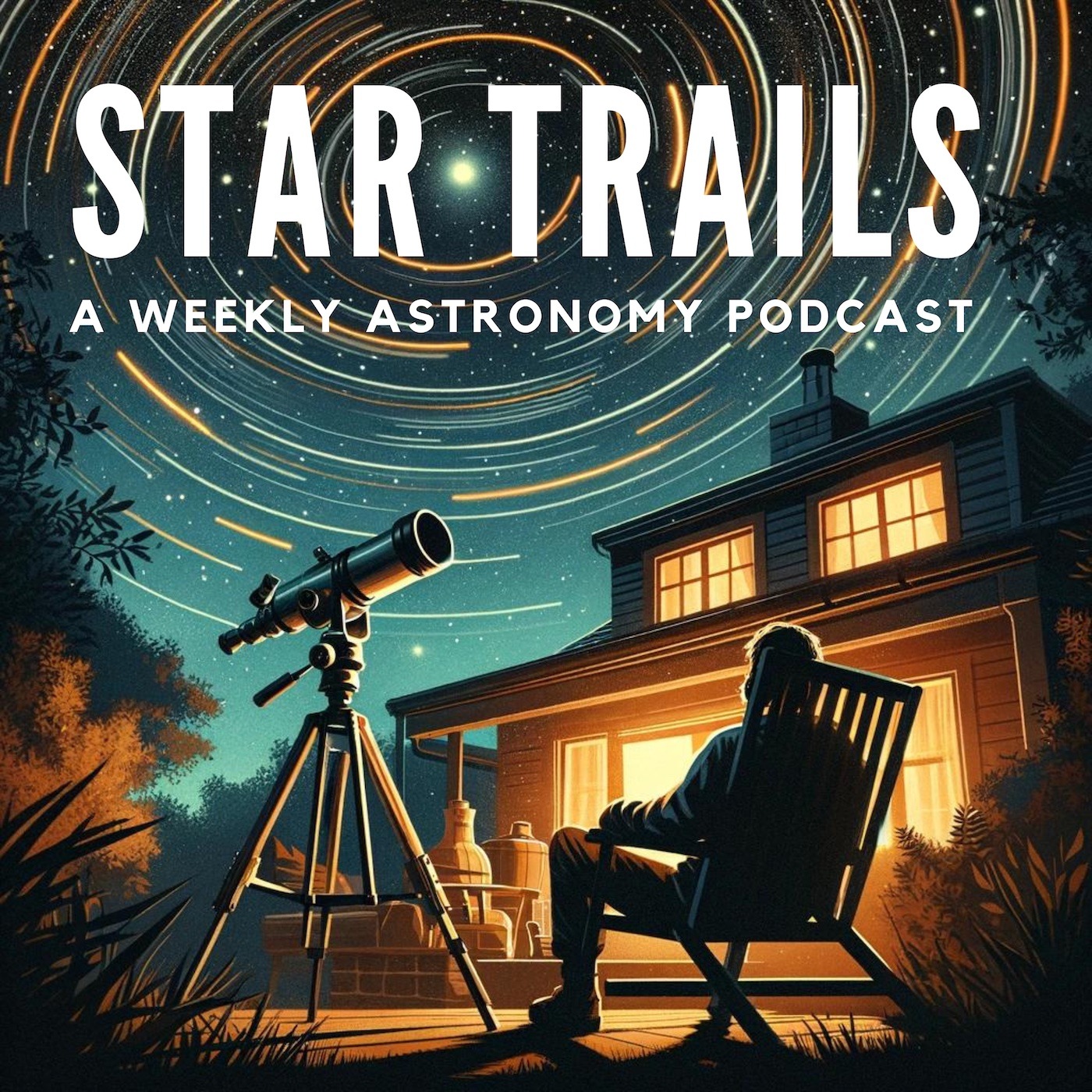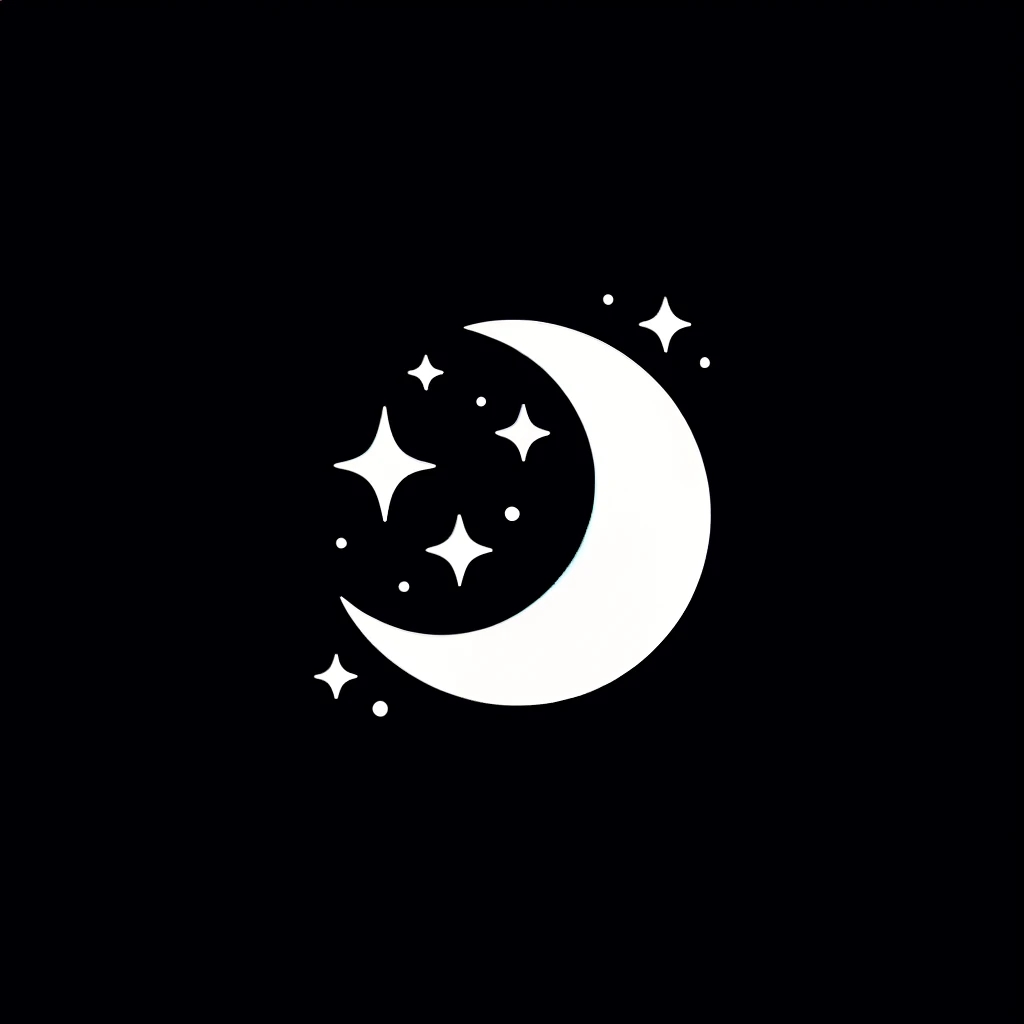
May Meteor Showers, Dark Nights and Planet Nine – Star Trails: A Weekly Astronomy Podcast
EP14
Join us as we delve into the celestial events for the week of May 5th. An incredible meteor shower peaks this week under dark skies, thanks to a New Moon. Planetary observations are scant this week, but plenty of opportunities abound for viewing deep sky objects, such as the Hercules Cluster, thanks to this week’s darker conditions.
Also, we take a quick detour through a cosmic void, and later, take a look at some new research that suggests evidence for the mysterious Planet Nine!
Transcript
Welcome back, stargazers! This is Drew, your guide to the galaxy, and you’re listening to another episode of Star Trails. This week we’re diving into a stellar lineup of celestial events. From meteor showers to a parade of planets, there’s something for every backyard astronomer. Plus, we’ll examine some of the new theories that point to the mysterious Planet Nine. So, let’s get started!
First up, the star of the show this week is the Eta Aquariid meteor shower, peaking on the night of May 5th through the morning of May 6th. This shower originates from Halley’s Comet and is known for its fast and bright meteors, and it’s one of the best for those of us in the Northern Hemisphere, providing up to 55 meteors per hour under dark skies.
Thanks to the new moon on May 8th, the skies will be dark and perfect for meteor watching. It’s also an ideal time to observe fainter stars and galaxies.
Now, let’s talk planets! Mercury will be visible in the early morning sky. It reaches its greatest morning elongation on May 9, which is its highest point above the eastern horizon before sunrise during this period. This makes it a good time to observe Mercury, especially just before dawn.
Venus is currently close to the Sun and will not be visible in the evening sky until later in the year. Mars is in a position where it can be seen in the hours just before sunrise. You should look for it low in the eastern sky.
Jupiter and Saturn are both morning objects as well. Jupiter is difficult to observe as it is close to the Sun and sets shortly after sunset. Saturn, on the other hand, rises before dawn and is best observed in the early morning hours.
We’ve mentioned some of the same spring constellations in past weeks – notably Leo and Virgo, but this week’s darker skies invite us to check out some lesser frequented constellations. Hercules and Boötes are overhead in the late evening, offering sights like the Hercules Globular Cluster, M13, and the Boötes void, which are fascinating in their own right.
The Boötes Void, also known as the Great Void, is one of the most massive known voids in the universe, spanning about 330 million light-years in diameter. Discovered in 1981, the Boötes Void is an enormous, roughly spherical region of space containing very few galaxies. Its sheer size and the sparse distribution of galaxies within it challenge some of the prevailing theories about the large-scale structure of the universe.
Additionally, studying such voids helps astronomers understand the distribution of dark matter, as these vast empty spaces may influence the gravitational dynamics of the entire universe. We had a segment about Dark Matter and Dark Energy back on episode 11, so be sure to check that out to learn more.
For a unique telescopic treat, try finding the Sombrero Galaxy in Virgo or the Whirlpool Galaxy near the Big Dipper’s handle. These are well-placed for evening observation this time of year and are sure to be showstoppers under good conditions.
Before we leave this episode, I’d like to go into detail about a subject that has always fascinated me – the mysterious Planet Nine, the celestial body that potentially exerts gravitational forces on our outer planets. Often referred to as “Planet X,” this hypothetical planet has been in the news recently, as new scientific theories seem to have unearthed new evidence for its existence.
Our mystery unfolds in the remote Kuiper Belt, a distant region of our solar system that extends beyond Neptune’s orbit. This vast, cold expanse is filled with icy bodies and remnants from the solar system’s formation. It’s here, among these floating icy relics, that astronomers have noticed something peculiar: a group of objects orbiting the sun in a strangely synchronized manner. Their orbits are so peculiarly aligned that it suggests the presence of an unseen, massive planet far beyond Pluto.
Research spearheaded by astronomers at Caltech posits that Planet Nine, if it exists, would be a true giant, with a mass about ten times that of Earth. It’s thought to follow a highly elliptical path around the sun, stretching its orbit to distances more than 20 times farther than Neptune. This distant orbit takes it on a journey well above and below the ecliptic plane — the flat zone where most planets circle the sun — at an angle tilted by about 30 degrees.
The idea of Planet Nine comes from observing the gravitational effects this massive, unseen object would have on the Kuiper Belt’s icy inhabitants. These distant objects are nudged into similar, elongated orbits, a dance seemingly choreographed by this hidden planet’s gravitational pull. Such a configuration is extremely rare and unlikely to be coincidental, hinting strongly at Planet Nine’s influence.
As of now, despite the compelling gravitational evidence, Planet Nine has eluded direct detection. Astronomers continue their cosmic detective work, scanning the skies particularly around the constellation Orion, where this hidden planet is thought to be nearing its farthest point from the sun. Should Planet Nine exist, it would likely shine with a dim, reflected light from its icy atmosphere, a distant mirror catching the faint sunlight at the edge of our solar system.
The quest to find Planet Nine is not just an academic exercise — it could redefine our understanding of the solar system and confirm that our planetary family is larger and more varied than we currently know. Just as Neptune was discovered through its gravitational effects on Uranus, so too might Planet Nine be pinpointed through the orbits of these distant Kuiper Belt objects.
So, keep your eyes on the stars and your mind open to the mysteries of the cosmos. Planet Nine, should it exist, reminds us that there is still so much to discover right in our own cosmic backyard.
As we wrap up this episode, I encourage you all to take advantage of the moonless nights this week. Whether it’s watching the swift streaks of the Eta Aquariids or exploring the distant galaxies in Leo, there’s no shortage of wonders to enjoy.
That’s all for tonight’s episode. Thanks for tuning in, and don’t forget to look up—you never know what you might see. Until next time, keep your eyes on the stars and your heart full of wonder. Clear skies!


Leave a comment